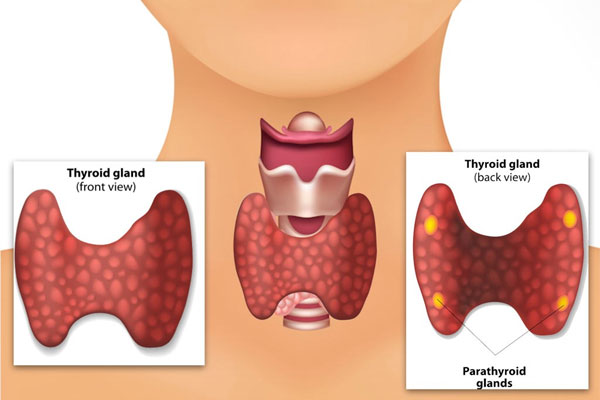
A parathyroidectomy is a surgical procedure to remove one or more of the parathyroid glands. These small glands are located in the neck, usually behind or adjacent to the thyroid gland. The primary function of the parathyroid glands is to regulate calcium levels in the blood. They do this by producing parathyroid hormone (PTH), which helps control the amount of calcium in the body.
A parathyroidectomy is typically performed to treat hyperparathyroidism, a condition in which the parathyroid glands produce too much PTH, leading to elevated levels of calcium in the blood. High blood calcium levels can have adverse effects on various organs and systems in the body, including the bones, kidneys, and the nervous system.
There are two main types of parathyroidectomy:
Minimally Invasive Parathyroidectomy: This is the most common and preferred approach when only one or two of the parathyroid glands are affected. It involves making a small incision in the neck, often less than an inch long, to access and remove the problematic parathyroid gland(s). This procedure typically results in a shorter recovery time and less scarring.
Conventional Parathyroidectomy: If more extensive surgery is needed, or if all four parathyroid glands need to be evaluated and possibly removed, a larger incision in the neck may be required. This is referred to as a conventional or bilateral neck exploration.
The choice of which type of parathyroidectomy to perform depends on the specific diagnosis and the surgeon's assessment of the patient's condition.
The goal of a parathyroidectomy is to restore normal calcium levels and alleviate the symptoms and complications of hyperparathyroidism. It is a highly effective treatment, and most patients experience significant improvement in their health and quality of life after the procedure. Recovery time can vary depending on the type of surgery, but many patients can return to their normal activities within a few weeks.
It's important to discuss the risks, benefits, and details of the procedure with your healthcare provider if you or someone you know is facing a parathyroidectomy.
